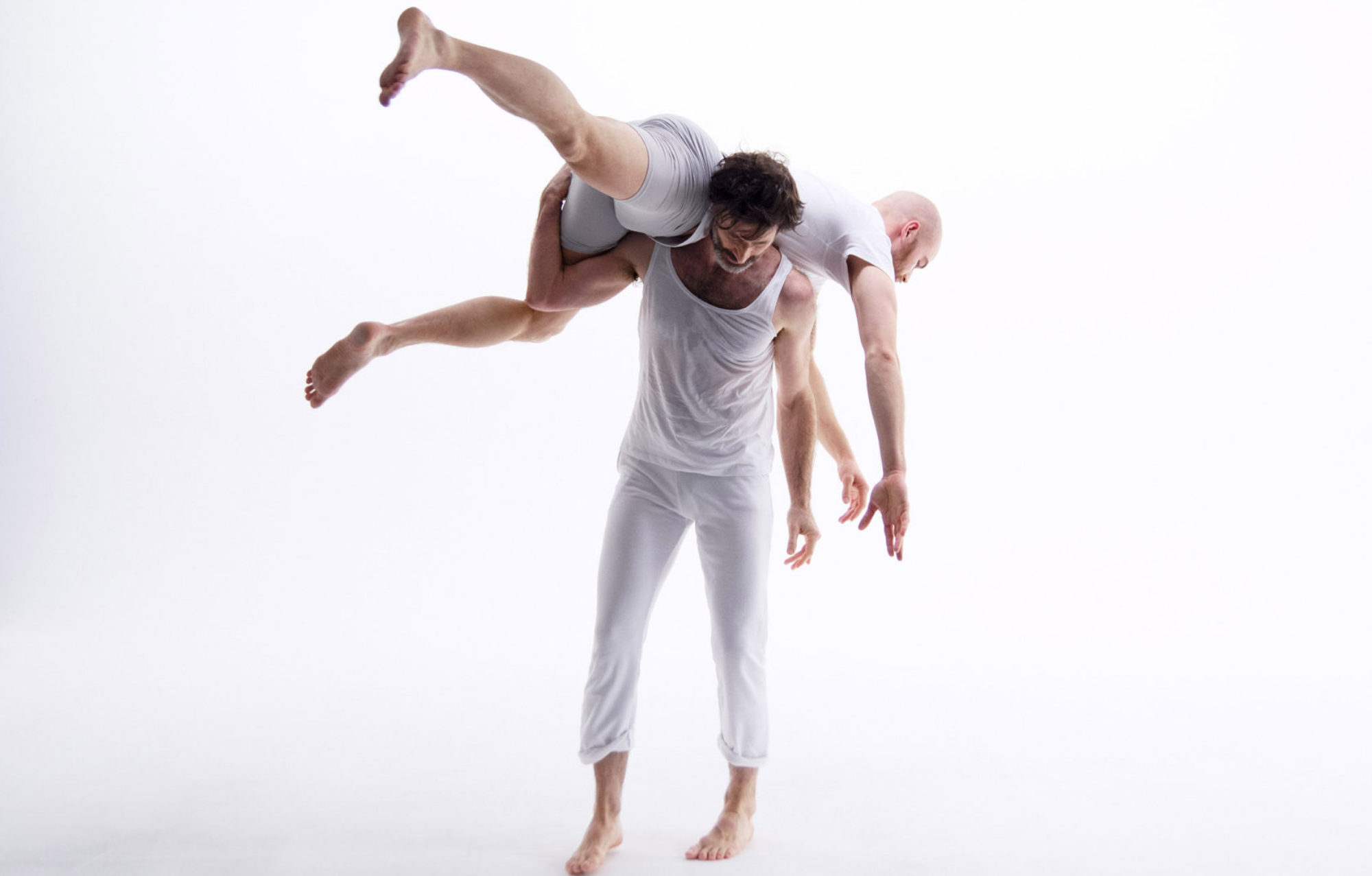This has been a question used in the past couple weeks of my MA course at the Uferstudios here in Berlin.
(please note the use of the word here, as I am in Berlin. This attention to detail is similar to the uses of come and go & of take and bring that are too frequently misused. )
For the past couple weeks, we have been doing an exercise of Susan Rethorst’s , who maybe got it from Simone Forti. Who knows where it really came from, but I am sure people have consciously arranged objects in space for millennia. Did an exercise once with Mary Overlie in which we arranged white beans. The focus of that exercise was spatial arrangement. The focus of the Forti/Rethorst/Durning is quick decision making. (does it ever seem like so much of dance creation training is helping dancers get over their @#$%?!?)
Anyways, the exercise progressed from objects to people to solos. Each of us worked on something for 30 minutes (the exact time length varied each round). We watched each person writing down what we saw the person do. After everyone had presented, let’s not say performed because there is just too much baggage around that word, we read what we had written about each person.
Somethings I wrote – read from notebook, put notebook down, close eyes, open eyes, place downstage heel to arch of other foot…
Something I heard – a heroin addict, deliciously slipping, time expanding…
After the feedbacks, I felt confused. Were we supposed to write what we saw or what what we saw made us think of? For the next couple weeks, we did variations of this exercise with a new visiting artist. The feedback was stated to be of two different kinds – what you saw and then what it made you think of.
Good, I can roll with that. But then when the feedback happened, both kinds were mingled, eventually the what you saw losing a significant share of the airtime to what it made you think of.
Talking in the Ufer Cantine with my cohorts – (paraphrasing not quoting)
“When you see a man and a woman on stage, you don’t immediately think love story”
“No, I see a man and woman on stage.”
I am baffled as to why in our post-modern contemporary age we would still automatically see love story. Am I supposed to see war automatically when I see two men on stage? No matter what age we say we are in, we all still have the same expectations. Love songs are still written and will always be written. The only difference will be the instruments and the notes.
But back to seeing…It took me a while to understand, but what everybody else mean by “what do you see?” is “what do you think of when you see…” And this is very dangerous territory. Just because you think something does not mean it is there.
Of course when I see stuff, it makes me think of other things. But when I am in a studio and I see someone sitting slumped against the wall, I see someone sitting slumped against the wall. I don’t see a heroin addict, or a depressed business man, or swirls of pain an agony. I might think of those situations or scenarios, but I don’t see them.
Are we not trying to be clear with our language and context in this MA program?
During the feedback after my showing on Monday, I brought up this issue and not understanding how people were seeing. This lead to a discussion of poetry…hmm not remembering so well, the connection to what I am thinking of…
but here is the thought anyways –
the need for the poetic, the dissatisfaction with what is there is the same need that has given rise to religion. People want mystery, people want there to be stuff going on behind the curtain and then they want to forget about the curtain.
People want to see what they imagine
Don’t get me wrong. I want people to imagine whatever they want. But when we say that we are going to write what we see, let’s do that. And then when we saw, we are going to write what what we see makes us think of, let’s do that.
there was something else I wanted to write but I forget what it was.
And here is quote of a quote to provide some triangulation and provide some sand to build this house on –
‘Ulmer affirms that Beuy’s objects are “…both what they are and stimulation for the general processes of memory and imagination.”‘
We should not confuse the two.
